- Check All Lights
- Check Tire Pressure and Condition
- Check Windshield Washer Fluid
- Check Wiper Blades
- Check All Vital Fluids & Top Off
- Inspect Tire Pressure & Condition
- Check Car Over
- Replace Oil & Filter
- Check All Lights
- Check Air Filter
- Check Washer Fluid & Top Off
- Same As Regular Oil Change With Synthetic Oil.
Includes All Items In Oil Change Service Plus:
- Replace Air Filter
- Add BG MOA ®
- Add BG 44K ®
- Rotate Tires
- Lubricate Doors & Window Seals
- Check Cabin Filter
- Check Brakes
- Check Suspension
Includes All Items In 15,000 Mile Service Plus:
- Replace Cabin Filter
- Replace Spark Plugs
- Replace Fuel Filter
- Service Transmission
- Replace Differential Fluids
- Check Battery & Cables
We Also Perform 45/ 60/ 75/ 90K etc… Services.
(Some Items May Be Added Or Removed From Any Of These Services Depending On The Vehicles Specific Year, Make & Model.)
OTHER VEHICLE SYSTEM SERVICE INTERVALS:
FOLLOW THE SEVERE CONDITIONS SCHEDULE IN YOUR OWNERS MANUAL, IF YOU DRIVE YOUR VEHICLE MAINLY UNDER ONE OR MORE OF THE FOLLOWING CONDITIONS:
• Driving less than 5 miles per trip or in freezing temperatures.
• Driving less than 10 miles per trip.
• Driving in hot (Over 90 F) conditions.
• Extensive idling or long periods of stop and go driving.
• Driving with a rooftop carrier or driving in mountainous conditions.
• Driving in muddy, dusty or de-iced roads.

